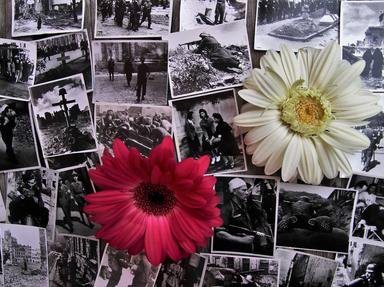Quiz Answer Key and Fun Facts
1. "Queen of the Waves": first woman to swim the English channel.
2. First female pilot to fly solo across the English Channel, in 1912.
3. "Queen of the Air": first female pilot to fly solo over the Atlantic.
4. "The World's Most Widely Travelled Girl": first woman to DRIVE (not fly or sail) around the world.
5. First woman and first Austrian to win the Nobel Peace Prize. (It wasn't Jane Addams).
6. The world's first female historian, a Byzantine.
7. "The fourth of the Graces and the tenth Muse": first woman to receive a doctorate degree, in the 17th century.
8. Wrote the world's first novel, "The Tale of the Genji" (or 'Genji-monogatari'), in the 11th century.
9. "Enchantress of Numbers": Wrote the world's first published computer program.
10. Published the first English translation of the Christian Bible undertaken solely by a woman, and the world's first in contemporary English.
Source: Author
gracious1
This quiz was reviewed by FunTrivia editor
bloomsby before going online.
Any errors found in FunTrivia content are routinely corrected through our feedback system.

